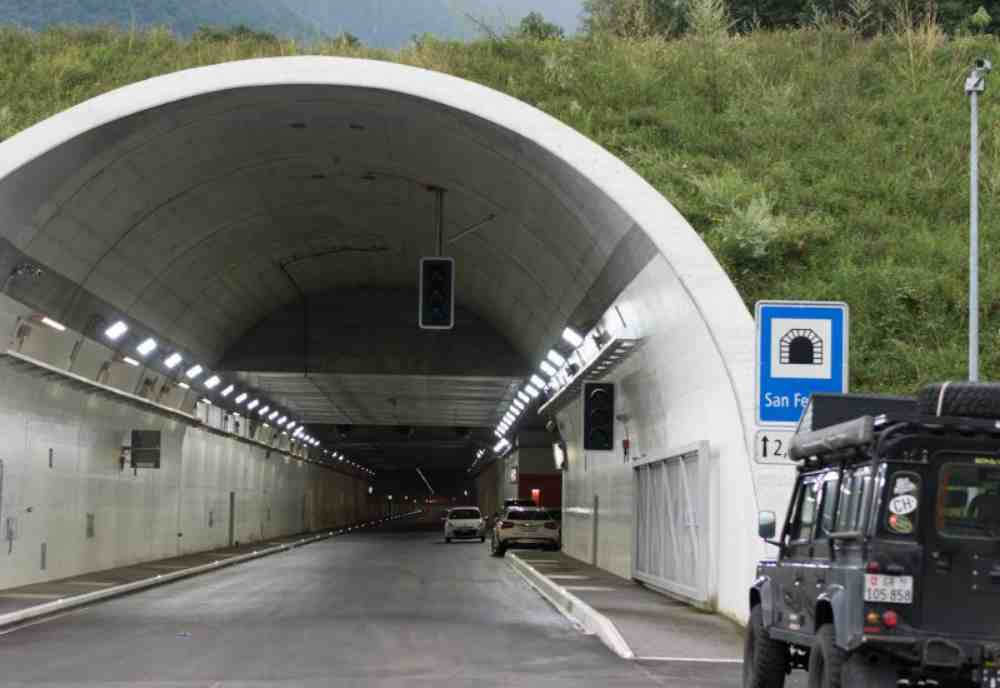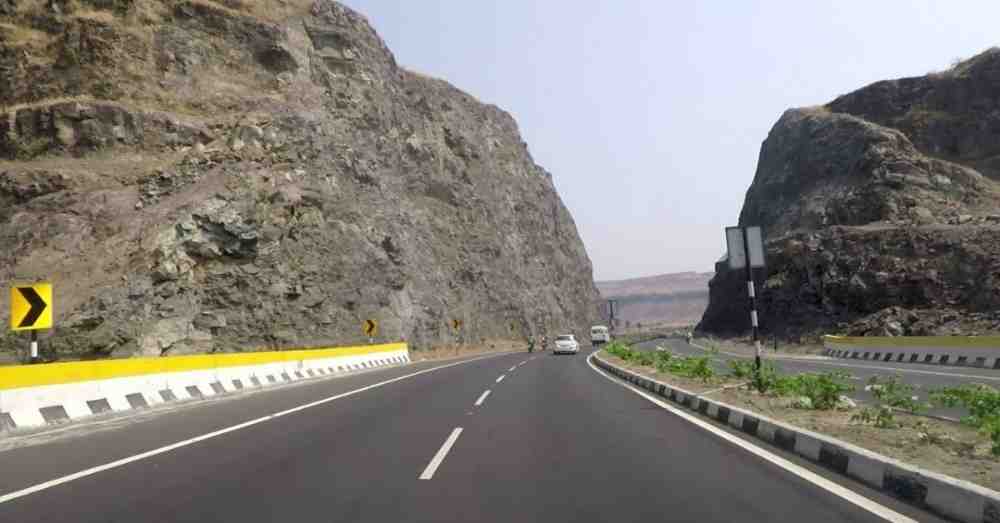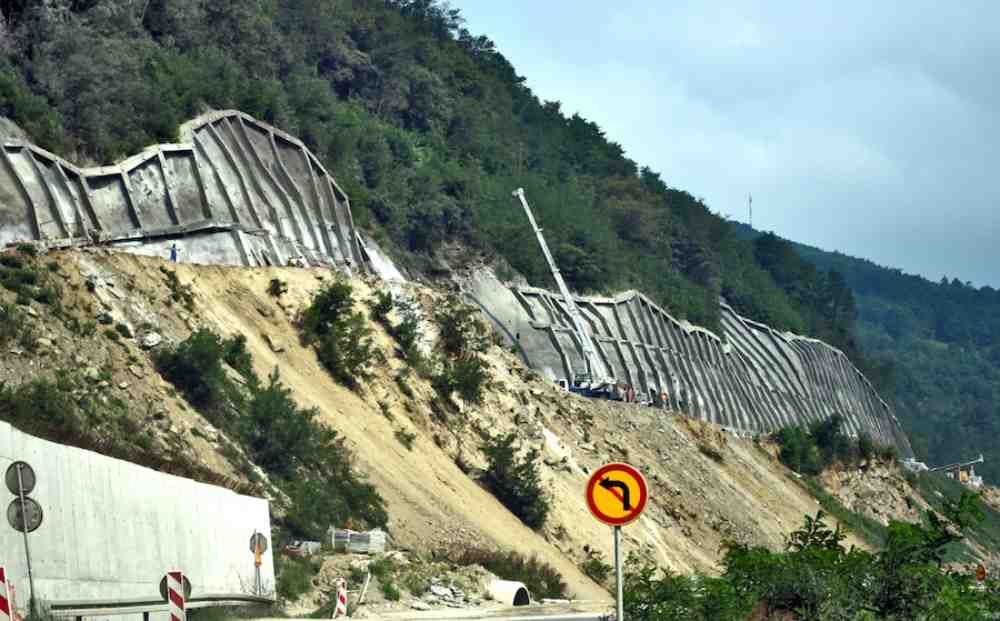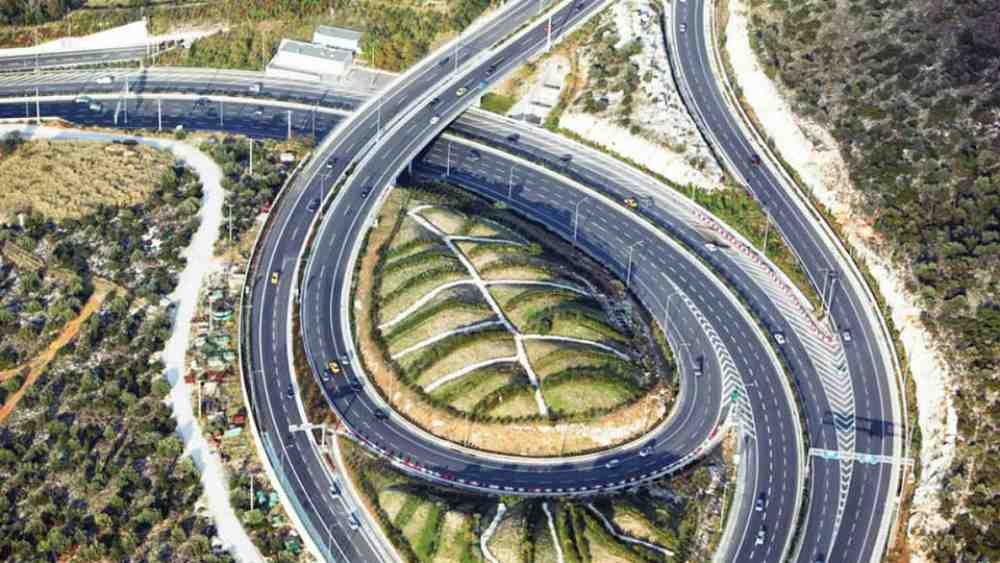The Network Planning Group under PM GatiShakti recently conducted its 51st meeting, during which it recommended five crucial road connectivity projects worth ₹15,683 crore.
These projects, located in Mizoram, Maharashtra, Uttarakhand, and Kanpur, are expected to enhance connectivity to industrial clusters, social sector assets, and economic centers.
The primary objectives of these projects include streamlining freight traffic movement, decongesting cities, and improving logistics efficiency. With a total of 85 infrastructure projects worth ₹5.39 lakh crores evaluated thus far, the Ministry of Commerce and Industry highlights the significance of these initiatives.
Enhancing Regional Connectivity: Aizawl Bypass Tunnel Project

One of the key projects proposed under Bharatmala Pariyojna-2 is the Greenfield Twin Tube Uni-directional Aizawl Bypass Tunnel, spanning 2.5 km. This project holds critical importance for regional connectivity, as it will facilitate enhanced transportation between the Sittwe port on the Kaladan river in Myanmar and the North East Region. Moreover, the tunnel will provide better accessibility to economic centres such as Sairang and Aizawl, as well as social sector assets like Zoram Medical College, Mizoram Central University, and NIT Aizawl. Additionally, tourist attractions such as Solomon’s Temple Church, Aizawl, and the Mizoram State Museum will benefit from improved connectivity. The tunnel is expected to reduce travel time significantly, enhancing average speed by 50% and reducing travel distances between Phaibawk and Sairang by 39% and 60%, respectively.
Improving Connectivity in Maharashtra:
Nashik Phata to Khed Alignment and Sant Dnyaneshwar Maharaj Palkhi Marg

The Network Planning Group evaluated two capacity augmentation projects in Maharashtra that are vital for improving connectivity to economic centres, religious and tourist destinations, industrial clusters, and defence assets. These projects, Nashik Phata to Khed alignment and Sant Dnyaneshwar Maharaj Palkhi Marg, are designed using the NMP Portal and aligned with the key principles of the PM GatiShakti National Master Plan. The objectives include enhancing connectivity to ten economic nodes and twelve social nodes, promoting integrated infrastructure development, and improving utility networks. The projects also aim to optimise land acquisition and other clearances through the identification of requirements on the NMP Portal.
Ensuring Year-round Connectivity in Uttarakhand: Landslide Mitigation and Bridge Construction

To ensure uninterrupted connectivity in the Garhwal region of Uttarakhand, the Network Planning Group proposed a project for mitigating 20 landslides, addressing 11 sinking zones, and constructing two bridges. This initiative is critical from a disaster management perspective, as it will facilitate year-round connectivity between different parts of the region, including industrial locations like Karnprayag and Gaucher. The project will also enhance accessibility to helipads situated at Gaucher, further improving disaster response capabilities and transportation efficiency.
Decongesting Kanpur: Construction of Bypass/Ring Roads
In an effort to reduce travel distances, travel time, and fuel consumption, the Network Planning Group recommended a greenfield project for the construction of 6-laning bypass/ring roads around Kanpur city under Bharatmala. This project is expected to alleviate congestion in Kanpur City, while providing direct connectivity between the Lucknow Kanpur Expressway, NH-19, and Chakeri Airport. By streamlining traffic flow, the project will enhance overall transportation efficiency and contribute to the city’s development.

The recommendations made by PM GatiShakti’s Network Planning Group highlight the government’s commitment to improving road connectivity and infrastructure development across India.
These five projects in Mizoram, Maharashtra, Uttarakhand, and Kanpur are set to boost regional connectivity, enhance logistics efficiency, and decongest cities.
As the Ministry of Commerce and Industry evaluates numerous infrastructure projects, the ongoing efforts reflect the government’s focus on promoting economic growth, disaster management, and improved connectivity to key economic and social nodes.
